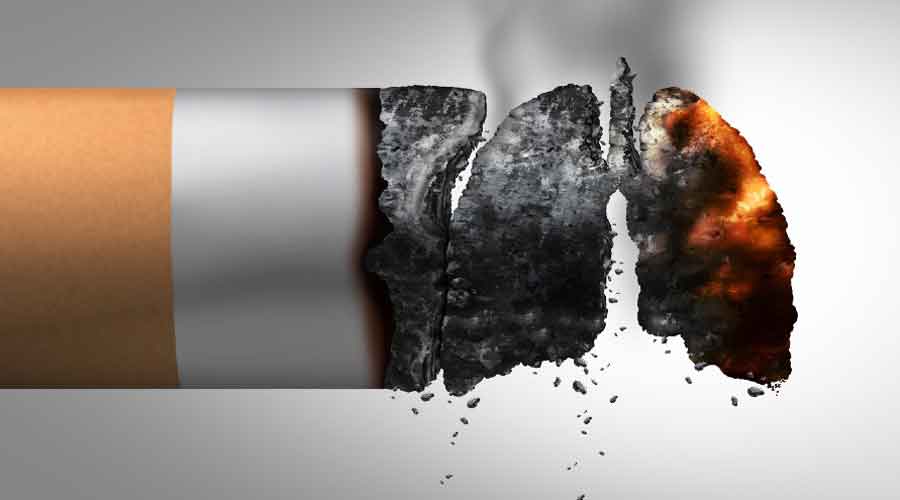Tobacco-use continues to be one of the primary causes of chronic ailments — cancer, lung disease and stroke — in India, accounting for nearly 1.35 million deaths every year. India ranks second in the number of smokers between the ages of 16 and 64. Nearly 267 million adults (aged 15 and above) are tobacco users, with the most prevalent — popular — form of tobacco product being the smokeless variants. Not only is tobacco-use a major public health concern but there are also significant economic costs — the World Health Organization concluded that the financial burden of tobacco-use in India stood at one per cent of its GDP. But the collateral damage of smoking may be far higher than anticipated. According to a recent study, second-hand smoke exposure in India leads to direct annual healthcare costs of about Rs 567 billion — more than half of the Centre’s healthcare budget. The price paid for SHS was higher among the age group of 20-24 and women bore 71 per cent of the direct medical costs. Spaces, public or private, are equally unsafe: the findings revealed that 38.7 per cent adults are exposed to SHS at home and 30.2 per cent at work. The prevalence of tobacco-use and healthcare costs of SHS are disproportionately higher among Indians from weaker socio-economic groups.
The data raise disturbing questions about the efficacy of the deterrents in place — the Union health ministry has mandated that tobacco manufacturers will have to devote at least 85 per cent of the surface area of cigarette packets to graphically provide a statutory warning; national tobacco control laws prohibit smoking in public places and offices; the current tax rate for cigarettes is quite high — 52 per cent. The discourse on the perils of tobacco use cannot ignore the threat of SHS. Several mitigatory interventions can be contemplated. Public awareness programmes must be tweaked to sensitize smokers to the risks they pose to those exposed to SHS. There is also a case for raising taxes on tobacco products further so that they match international best practices. The spatial ban on smoking needs to be revisited: what is the point of having designated smoking areas in public places if the aim is to rid the world of this addiction? Another important aspect — early-age addiction — must also be examined and neutralized.










